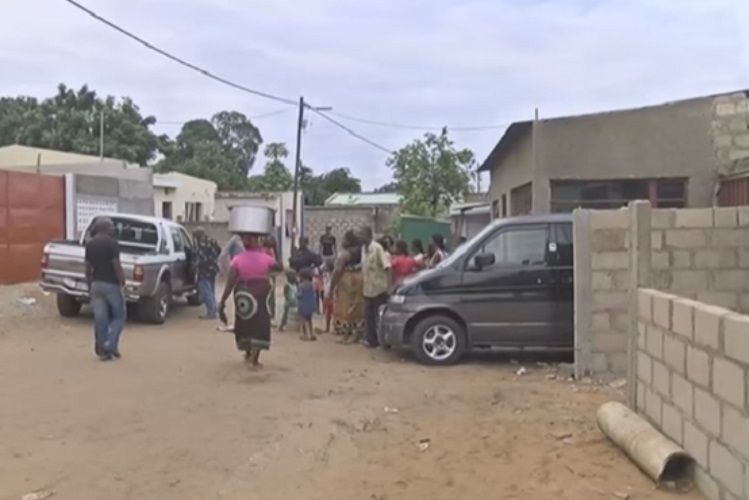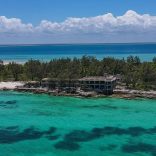World Bank Group appoints new Division Director for Mozambique, Madagascar, Mauritius, Comoros and ...
Only six percent of Mozambique houses are ‘conventional’

FILE - For illustration purposes only. A view of Maxaquenem'D', a Maputo city neighbourhood. [File photo: Folha de Maputo]
About 33% of the around 30 million people who make up the population of Mozambique live in urban areas. The situation poses housing challenges, at a time when only six percent of houses in the country are conventionally built.
These figures were provided by Deputy Minister of Public Works, Housing and Water Resources Cecília Chamutota during World Cities Day. On the occasion, Chamutote noted that the number of inhabitants in urban areas was growing rapidly, but housing infrastructure was not keeping up.
Chamutota said that 2017 data indicated that the country had about 16.3 million homes, in addition to conventional houses that represent 6%, of which only 2% are apartments.
“Twenty-three percent are mixed houses; 47% are precarious houses and 22% are basic houses. This shows that the challenges in terms of resilience are enormous,” the deputy minister said, adding that there are also challenges related to basic social services such as water, electricity, health, education and transport.
World Cities Day coincided with the celebration of 20 years of UN Habitat in Mozambique. According to Chamutota, since its arrival in the country, the organisation has helped a lot to improve urbanisation.
From this interaction, she said, it was possible to learn that community engagement is vital for the construction of resilient infrastructure.
“Local knowledge contributes to the strengthening of the technical capacity for the implementation of the different projects that we have been implementing. The use of mixed materials and local solutions for the Mozambican reality has also been one of UN Habitat’s most successful intervention points,” she noted.
The head of the Mozambique UN Habitat office, Sandra Roque, said that the organisation would continue to work on the urbanisation of cities and towns.
“When we talk about urbanisation, it is important to emphasise that it is not just about putting our focus on cities: we must also look at rural areas. Urbanisation is a phenomenon that connects with the rural environment and stimulates rural areas in several ways,” Roque emphasised.
UN Habitat arrived in the country in 2002, following the floods that devastated the country in 2000. Since then, more than 4,500 climate-resilient classrooms have been built.
UN Habitat intends to continue to support Mozambique, and the organisation is currently supporting the construction of more resilient hospitals and reconstruction following cyclones Idai and Kenneth.
“É importante assinalar que não se trata de colocar o foco sobre as cidades em detrimento das zonas rurais […A]s cadeias de valor fundamentais para o desenvolvimento rural estão estreitamente conectadas com os meios urbanos” Sandra Roque, Representante Residente da ONU-Habitat pic.twitter.com/m51JvJyuyW
— UN-Habitat Moçambique (@UNHabitatMoz) November 1, 2022












Leave a Reply
Be the First to Comment!
You must be logged in to post a comment.
You must be logged in to post a comment.